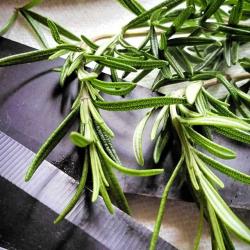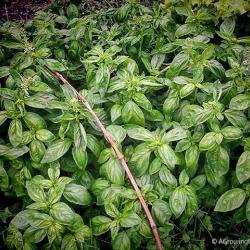
The people that we bought our house from had planted a few things that I was thrilled to find growing here (most especially a few Lord Baltimore Hibiscus!), but mostly they planted things I would never, ever in a million years plant. Things I've spent what seem like eons pulling out and trying to get rid of ...
Mint. Lemon Balm. English Ivy. Vinca. & Tansy.
Lots of tansy.
Tansy everywhere.
EVERYWHERE!
Although I must admit that the little clump of small, yellow, button tansy flowers (above) appearing along my front walk in late October kind of gives a little seasonal interest to the front yard, I think I would prefer the plant simply be banished to the field (or elsewhere) where it won't matter if it takes over, or goes crazy.
And go crazy, it does. It's extremely invasive.
My advice to anyone considering planting tansy is to never, ever, ever plant it ... don't even think about it!
Tansy (Tanacetum vulgare)
Tansy is a perennial herb that grows 2-4 feet tall. It blooms July through August and September with quite small, button-like yellow flowers. It will thrive in just about any type of soil and spreads (everywhere!!) by rhizomes and by seed.
Tansy has a long history of use for medicinal & other purposes. But, the uses you'll find for tansy only accentuate it's unappealingness (that's a word, right?) For example, during the 8th Century, it was used to treat intestinal worms in children. (E GADS!) In more recent times, it's been used as an insect repellent. Yes, in addition to repelling me, tansy is said to repel flies and ants.
And, tansy can be toxic, too. The main volatile oil in Tansy is thujone, a potent and bitter chemical. Excess consumption of thujone can cause convulsions and death. So, it shouldn't be used for any medical or culinary purpose without medical supervision. And, if you have young children, you really should never let them get near to (or eat!) tansy.
Still thinking about planting tansy? ... Don't say I didn't warn you!












Join the Conversation!